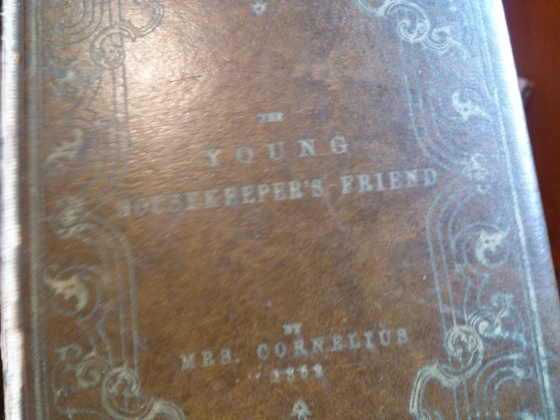I missed doing this last month, but remembered to post over at The Barn Door Feb. 28. If you’re not sick of looking at snow, you might want to click through to see some of the photos I posted of how winter looked in 1937.
I know, I know. Most of us don’t have to remember winter. It’s still right outside our window. But when I start complaining about the cold or the inches (or feet!) of snow, at the back of my mind I am comparing it to the winters of my childhood.
I’m sure there were probably mild winters when I was growing up, seasons that it snowed very little in my small Illinois town. When I felt sad because there were not enough opportunities to risk my life careening on a sled down the 4th Street hill.
But in my memories, winters in my childhood were always filled with three feet of snow. Huge piles of it in the corners of parking lots. Forts built from blocks of packed snow. Snow caves dug beneath the drooping branches of my grandmother’s bridal wreath bushes.
I tried to find some photos of those memories to share, but it seems we kept our camera mostly indoors in those days. So instead, I opened one of my grandmother’s 1937 Compton’s Pictured Encyclopedia to see what they had to say about winter before I was even born.






